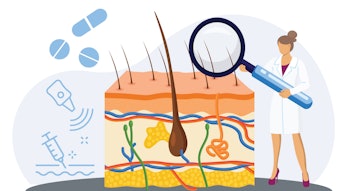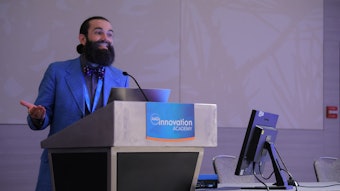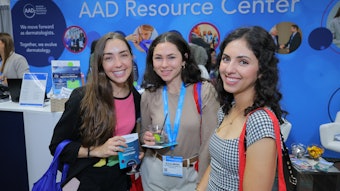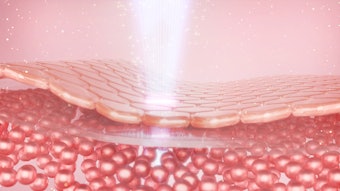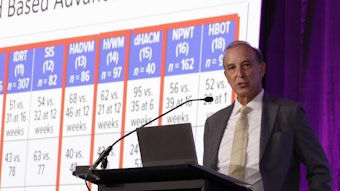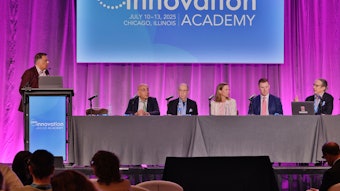Landing the knockout punch to rosacea and acne
Experts explore the complexities of these common conditions and their respective effective treatments.
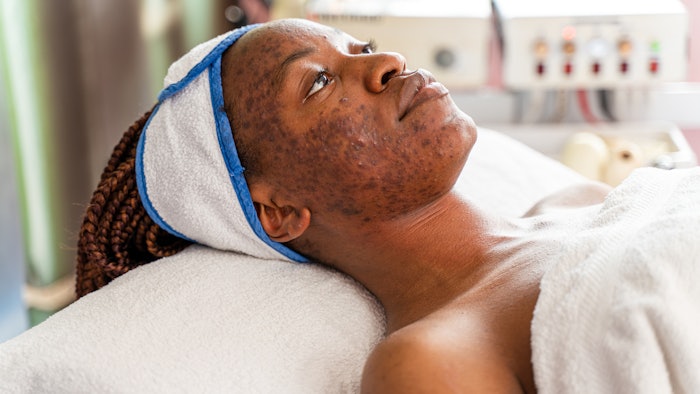
P010 – Acne and Rosacea
9 a.m.–noon | Saturday, July 12
Grand Ballroom D
Inflammation, diet, environment, and other factors play a significant role in acne and rosacea. Tomorrow morning’s session, P010 – Acne and Rosacea, will explore the complexities of cause and metrics for managing the conditions, offering insight into their pathogenesis, current state-of-the-art treatments, and complications.
Understanding the pathogenesis of each dermatologic disease is a critical first step in formulating treatments for patients, according to session panelist Neal Bhatia, MD, FAAD, director of clinical dermatology at Therapeutics Clinical Research in San Diego. As for the pathogenesis of rosacea, Dr. Bhatia said new research suggests a link to immunology, vasculature, and nerve signaling, all of which stimulate rosacea.
“In rosacea, inflammation and vasomotor changes are intertwined and not separate. There’s a correlation between transient receptor potential vanilloid 1 (TRPV1) and nerve signaling through various stimuli like heat, capsaicin, acidic environments, and stress,” Dr. Bhatia said. “Potentially all associated events with the release of inflammatory mediators, activation of human cathelicidin, and vasodilation create more inflammation that’s dedicated to rosacea. In addition, Demodex spp. potentially send signals linked to processing by TLR-2, so there are many moving parts.”
With rosacea, some of the triggering foods that can cause flare-ups include caffeine, spicy foods, and hot beverages, Dr. Bhatia said.
“We know these are always linked to flares of rosacea. We also know rosacea is associated with the Western diet, and new connections through IGF-1 and metabolic transcription factor forkhead box O1 (FoxO1) trigger signaling, potentially, such as those in acne vulgaris,” he said.
New plan of attack
Dr. Bhatia will underscore the importance of “maintaining a strong front” in treating rosacea and acne “inside and out.” He said he encourages dermatologists to champion the development of new drugs that will lead to improved outcomes and better patient adherence.
“Dermatologists need to be aggressive in defending their choice of prescriptions so patients get the right vehicles as well as the right active ingredients,” he said. “Also, don’t underestimate the role of cleansing and moisturizing.”
The session will also address the rationale for the recent U.S. Food and Drug Administration’s (FDA) approval of low-dose, DFD-29 minocycline hydrochloride for the treatment of rosacea-related inflammatory lesions.
Another effective drug treatment, Dr. Bhatia said, is a 5% benzoyl peroxide cream that allows for steady release of the topical to reduce the degradation into potential benzene products and minimize irritation because of the way it spreads on the skin.
“I think new drugs like these will likely take over the market because right now we’re left with a lot of branded generics,” Dr. Bhatia said. “We still see a lot of use of metronidazole gel, a lot of azelaic acid in gel or compounds, which may still be used in combination now, considering the new data with topical 5% benzoyl peroxide and low-dose minocycline.”
Pondering pimples
Gary Goldenberg, MD, FAAD, assistant clinical professor of dermatology at the Icahn School of Medicine in New York, is also among the speakers at tomorrow’s session. His expertise in treating acne sequelae, he said, suggests the condition is related to post-inflammatory pigmentation or erythema as well as scarring.
“Treatment options have really improved for acne patients,” Dr. Goldenberg said. “Although some of the devices have stayed the same — such as lasers, microneedling, chemical peels — combining these modalities with new regenerative techniques has really improved treatment of acne sequelae. I regularly use platelet-rich plasma (PRP), exosomes, or stem cells, and there are some data to support their use.”
The informative session will be led by session director Linda F. Stein Gold, MD, FAAD. The panel of presenters also includes Hilary E. Baldwin, MD, FAAD; Cheri Frey, MD, FAAD; Julie Claire Harper, MD, FAAD; Jonette Elizabeth Keri, MD, PhD, FAAD; and Jerry Kim Leng Tan, MD, FAAD.


